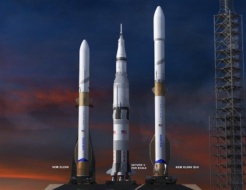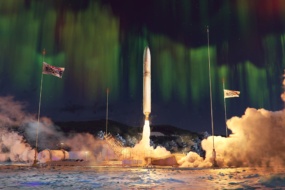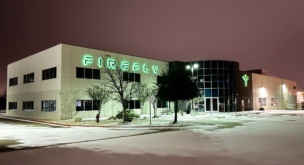For the third flight in a row, SpaceX’s Starship upper stage exploded yesterday after losing control during its ninth test flight.
The launch began on a high note, with SpaceX successfully flying Starship atop a previously used *and caught* booster—marking a key milestone for its fully reusable goals.
But after that, the anomalies started racking up:
- Starship’s booster ended in ka-boom over water shortly after it initiated its landing burn during a steeper-than-usual angle of descent.
- After Starship made it to its suborbital trajectory, it was unable to deploy its eight Starlink dummy satellites as the payload door failed to open.
- Later in the flight, the Starship upper stage began to spin out after losing attitude control due to fuel tank leaks. SpaceX eventually lost contact with the ship over the Indian Ocean, 46 minutes into the flight.
“Leaks caused loss of main tank pressure during the coast and re-entry phase,” Elon Musk wrote on X after the flight.
V2 troubles: The previous three Starship launches—which all flew with a new upper stage version—ended in failure and fireworks over the Caribbean.
- Flight 7 met an early demise in January due to stronger-than-expected Starship vibrations.
- Two months later, Flight 8 also ended prematurely, caused by unintentional propellant mixing and ignition.
Fireworks from Turks to DC: Flight 9 made it further than the previous two flights, but it fell well short of earlier Starship test flight performances. The setback will send SpaceX back to the drawing board once again—this time, likely under closer scrutiny from its CEO. Fresh off his own six months of fireworks in DC, Musk said he is significantly reducing his political efforts to refocus on his businesses.
Wen next flight? After a two-and-a-half-month wait between Starship test flights, Musk vowed to pick up the speed. “Launch cadence for next 3 flights will be faster, at approximately 1 every 3 to 4 weeks,” he said.




